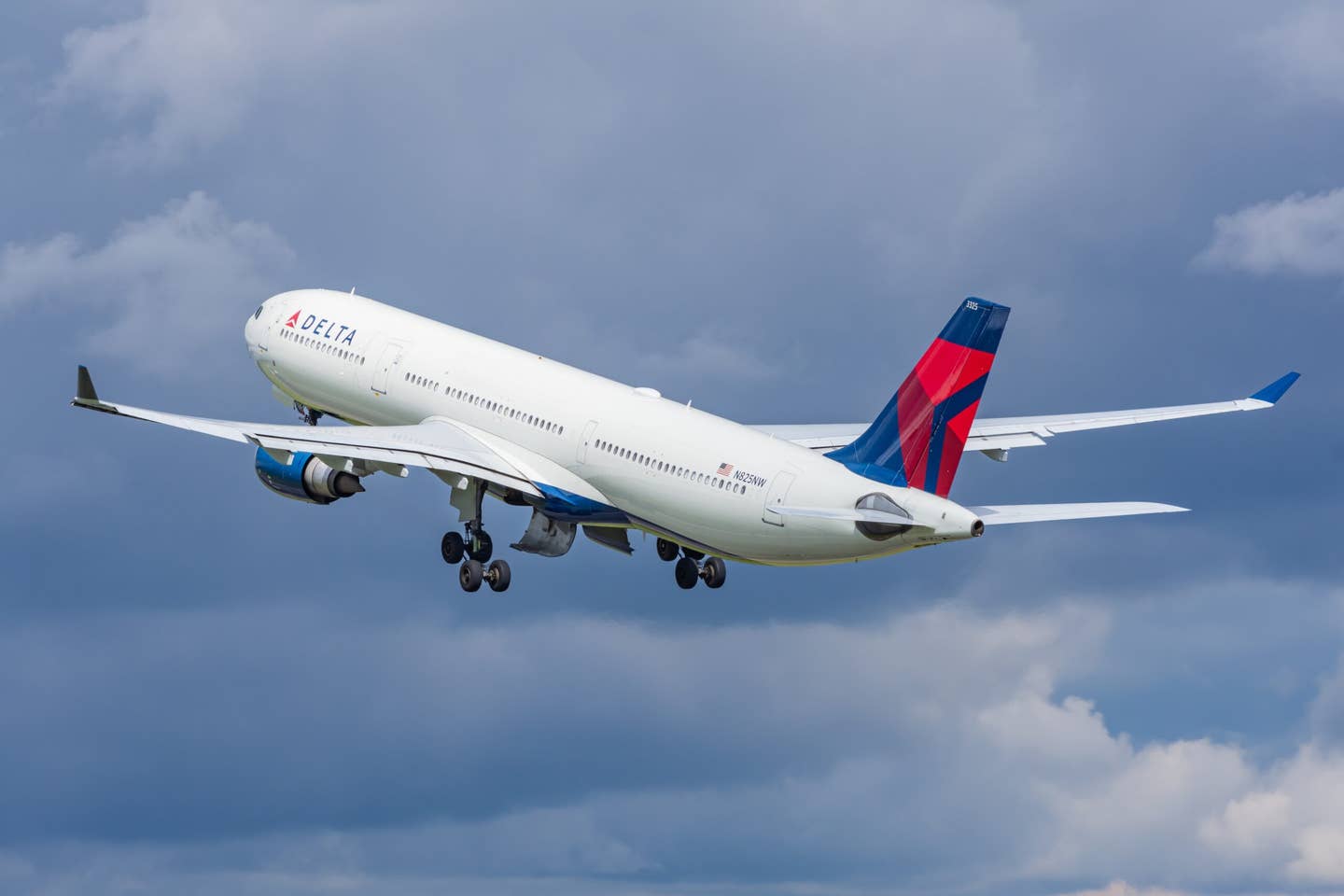
The G500 and G600 have logged several performance improvements since entering service in 2018 and 2019, respectively. Gulfstream Aerospace
In a recent media briefing—and in key developments over the past two months—Gulfstream Aerospace has elaborated on several ways that its family of large and long-range jets serve to improve the environment inside and outside of the aircraft. Steve Cass, vice president of sales and support, and Tim O’Hara, director of completions, R&D, and design, led the discussion, which kicked off with a hot topic: clean air on board the airplane.
A HEPA filter, such as that touted recently on commercial jets, processes recycled air—and those systems reliant upon it are fine, but they still use some of the same air in each rotation. The G500, G600, and G700 use 100 percent fresh air instead—800 cubic feet of fresh air cycling into the aircraft each minute, according to Cass, renewing the cabin air every 2 to 3 minutes. It’s seven times more than the FAA requirement, per Gulfstream.
In addition, a new plasma ionization system now available discharges positive and negative oxygen ions that attach to pathogens and allergens in the air—neutralizing them—including particulates, such as bacteria, viruses, mold, and cigarette smoke. The system operates any time that the aircraft’s environmental system is operating, even when running solely on an APU. According to the company, the system is “available as a retrofit on the Gulfstream G650 and G650ER, G550, G450 and GV models, with additional installation options pending foreign certification. The system is provided as standard equipment on N-registered G650 and G650ER aircraft, with G500, G600 and international certifications in development.”
But is there a performance penalty for that fresh air? Cass noted that the systems were designed in with this in mind. “There are tradeoffs but it’s built into all figures.” It was “a compromise that we’re not ready to make.”
With new lighting inside the cockpit and cabin, Gulfstream’s development team looks to restore more natural rhythms to those on board the airplane. Cool, warm, and amber settings—which evoke sunrise and sunset—bring a quality to the environment that helps those inside fight off jet lag and travel fatigue as compared with prior RGB lighting systems. The lighting is stepped so finely (with 6,800 positions on the continuum) that changes in illumination can be quite subtle.
Noise can also cause fatigue, and Cass highlighted how their fleet marks lower in-cabin noise levels than others in the class. “Specifically, the 650 registered 47.5 decibels at Flight Level 450, at Mach 0.85—three to four decibels lower than others,” and up to 10 decibels lower than those found in a commercial airliner. A partnership with General Dynamics has led to the better acoustics—with GD’s experience in submarine design leveraged for the Gulfstream aircraft cabin.
With a better environment inside the airplane, what about the company’s efforts toward sustainability and a better environment outside? On October 21, World Fuel Services announced it had delivered more than 1.2 million gallons of sustainable aviation fuel (SAF) to enhance Gulfstream’s efforts towards its environmental goals. According to the release, “since the original agreement, Gulfstream has used a portion of that 1.2 million gallons to fly more than 650 flights with a SAF jet-A fuel blend. By using that SAF, Gulfstream reduced carbon dioxide emissions by approximately 1,700 tons on these flights. The remainder of the fuel was delivered to the company’s California facilities for company and customer use.”
But pilots still want to know if the numbers add up—so in this vein Gulfstream has additional news: The company recently announced increased range capabilities demonstrated in customer operations on the G500 and G600 platforms since first deliveries began in September 2018 and August 2019, respectively. The new numbers apply to both high-speed cruise (Mach 0.90) and long-range cruise (Mach 0.85). “The G500 now delivers 5,300 nautical miles/9,816 kilometers at Mach 0.85 and 4,500 nm/8,334 km at Mach 0.90,” said the company in a release on October 29. “The G600′s range at Mach 0.85 has improved to 6,600 nm/12,223 km and 5,600 nm/10,371 km at Mach 0.90.” Gulfstream has also added to the G600′s payload (with full fuel). Through manufacturing improvements, the basic operating weight on the G600 has been lowered by 570 pounds, bringing the full-fuel payload to 2,600 pounds. No modifications are needed to realize the gains, even for existing customers.

Sign-up for newsletters & special offers!
Get the latest FLYING stories & special offers delivered directly to your inbox






